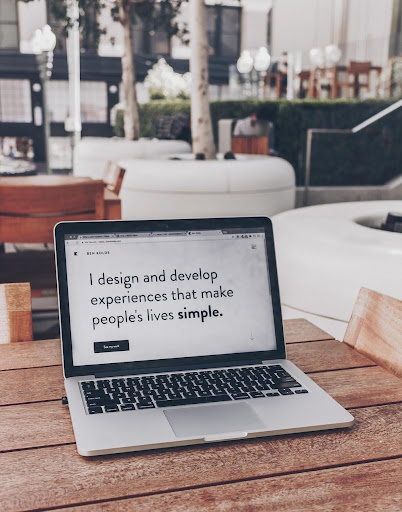What Should a UX Design Portfolio Contain?

The UX industry is quite competitive as many designers enter the labor market daily. A lot of companies need different web products for business diversification. Thus, UX experts are in high demand globally. If you are a beginner or seasoned designer, you must set yourself apart to get work opportunities. One way to succeed is to build a stellar portfolio that displays your skills and expertise.
Also Read:- Top 5 Retail Technology Trends In 2023
Your portfolio will get you an interview with your potential employer. Thus, it is essential to include relevant information, from your SaaS product redesign projects and professional history to your qualifications. Ensure you highlight important aspects that will give a positive impression of you as a designer. In any case, recruiters shape their opinions about candidates based on their portfolios.
If you are a beginner, however, you might not be familiar with the contents of a UX portfolio. Don’t worry; here, we discuss the structure of a winning portfolio to help you ace the self-presentation skill.
What Is a UX Portfolio?
Before we proceed, let us define a UX portfolio and what it entails. It is an assortment of your greatest design projects showcasing your professional skills, qualifications, and personality. A portfolio is like a story that reveals your design journey, the kind of designer you are, your work, and your potential value for a company. In a nutshell, your portfolio is the link that will connect you to a job interview since recruiters place a lot of weight on it.
Formats of a UX Portfolio
Experts always advise designers to set up a portfolio in a website format. You can take advantage of many online tools that offer customized website templates. Some popular web companies include Wix, WordPress, and Squarespace. What’s more, you get a customized domain name and ready codes. All you have to do is add details of your projects and explain your methodology/approach to their completion.
Behance and Dribbble are other online platforms where experts in the UX field can display their work. You can add your previous assignments to these sites to complement your main portfolio.
You can also organize a portfolio presentation as a PDF or PowerPoint. It might be handy when uploading it as a document to fulfill application requirements or during an interview presentation. Apart from these formats, you should have the main site, which can be your business card.
Contents of a UX Portfolio
The primary objective of a portfolio is to let recruiters know your expertise and approaches to design challenges. It also reveals your personality through essential soft skills and personal interests.
So, what should your portfolio contain to cover these elements? Below are components of a stellar portfolio.
Home Page – Opening Pitch
The home page is the first section a recruiter or a client lands on after opening your website. So, you need to make it captivating with a short and powerful pitch.
The pitch is a brief introduction that informs people of who you are (name) and what you do (area of expertise).
An example of an impactful home page opening pitch is as follows:
“Hello, I am Peter Smith, UX designer and app developer with innovative ideas. I’m based in New York and work on creating smart experiences for Apple users.
Add a call to action button prompting the recruiter to check your work, and here you go with a winning acquaintance.
About Me – Personal History
When displaying your work, you should start from your professional roots and guide the recruiter or potential client through your professional maturity and growth. So, this section communicates your identity, education, and professional journey.
Just like in a curriculum vitae, you need to connect with the person who will view your work on a deeper level. Don’t shy off from telling your story and why you love being a UX designer. The recruiting managers want to know the kind of person you are. Thus, you can also include your interests, soft skills, and key personality features.
Case Studies – Work Projects
A case study is the main groundwork of your portfolio. You must reveal your hard skills and various approaches to solving UX tasks from clients. The recruiter wants to know if you can do UX research and create wireframes and prototypes when assigned a real project. Thus, the case studies show how you think through the design process, from the brief to the final product.
Moreover, your document should include the design team members you worked with. Don’t forget to add the tools you used for wireframing and prototyping. The recruiting managers want to see your proficiency, so add images of the wireframe sketches and the mockups to give the potential employer a sneak peek into your workflow.
The primary purpose of including the projects is to show how you apply critical thinking and execute practical UX work. You must explain every step, from presenting your research skills to finding solutions to various setbacks.





